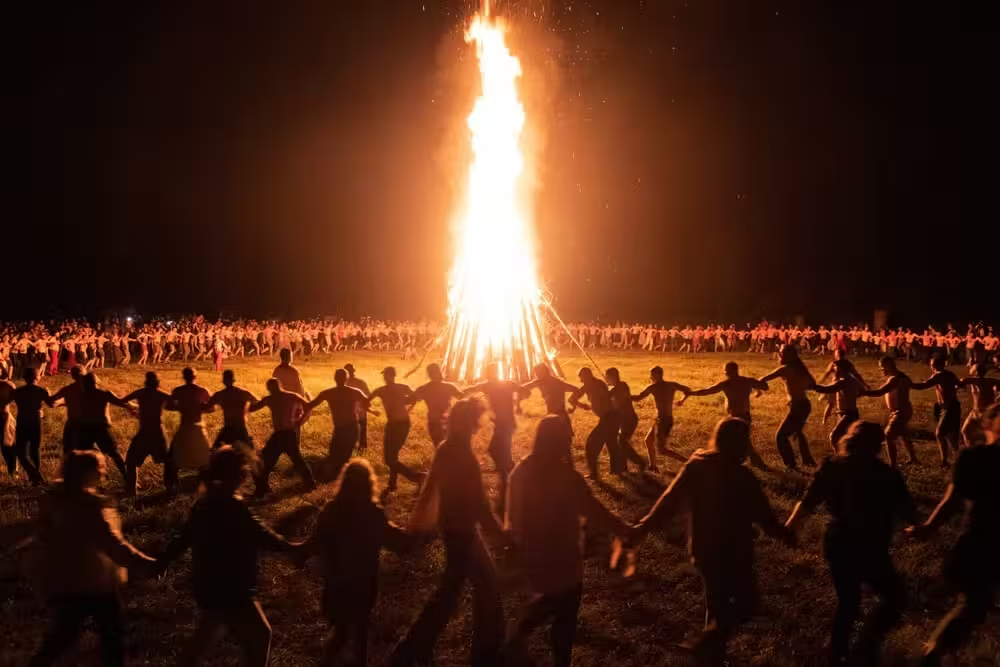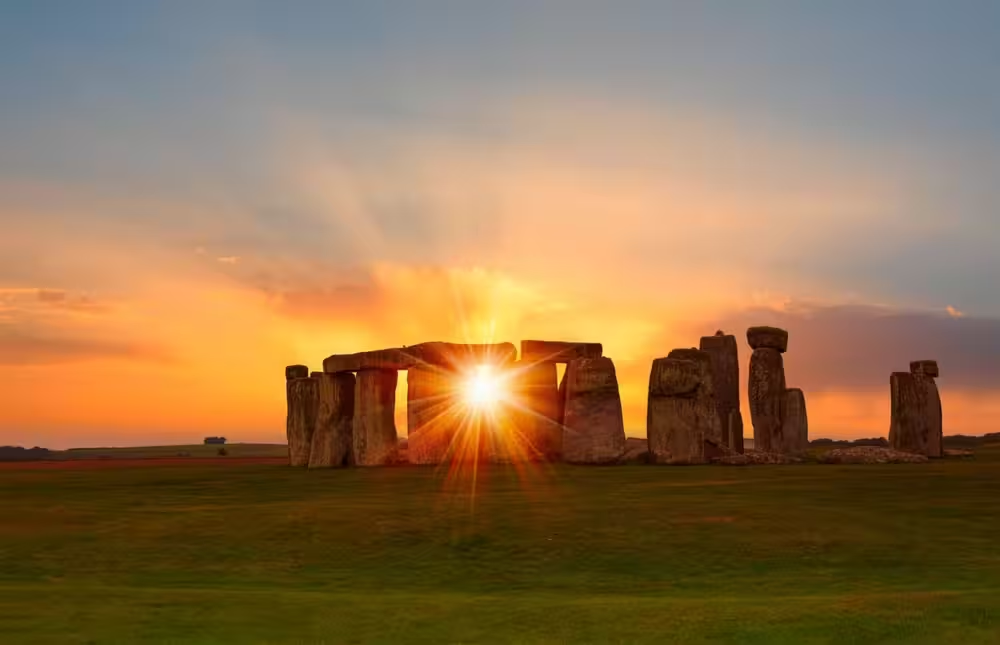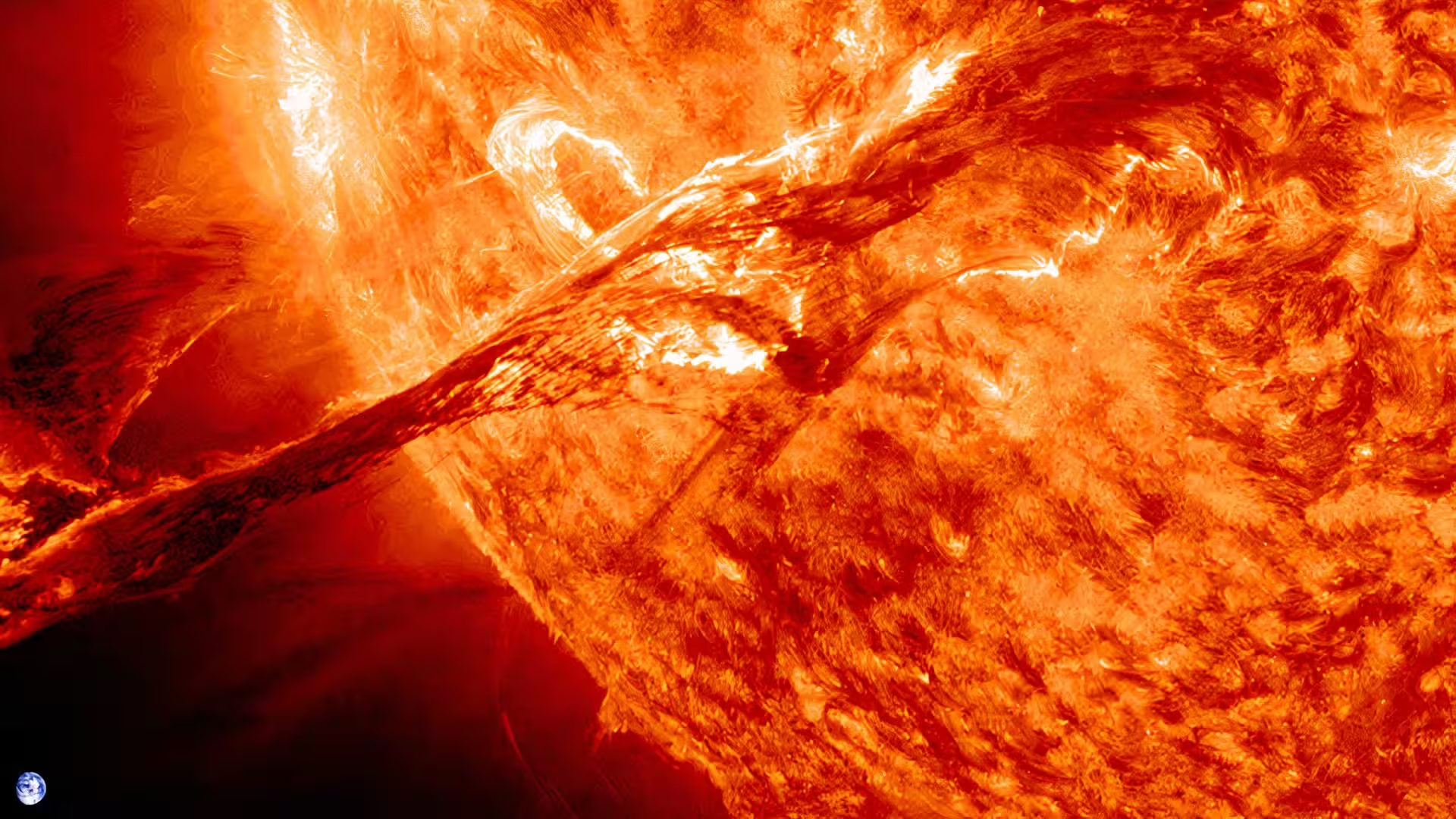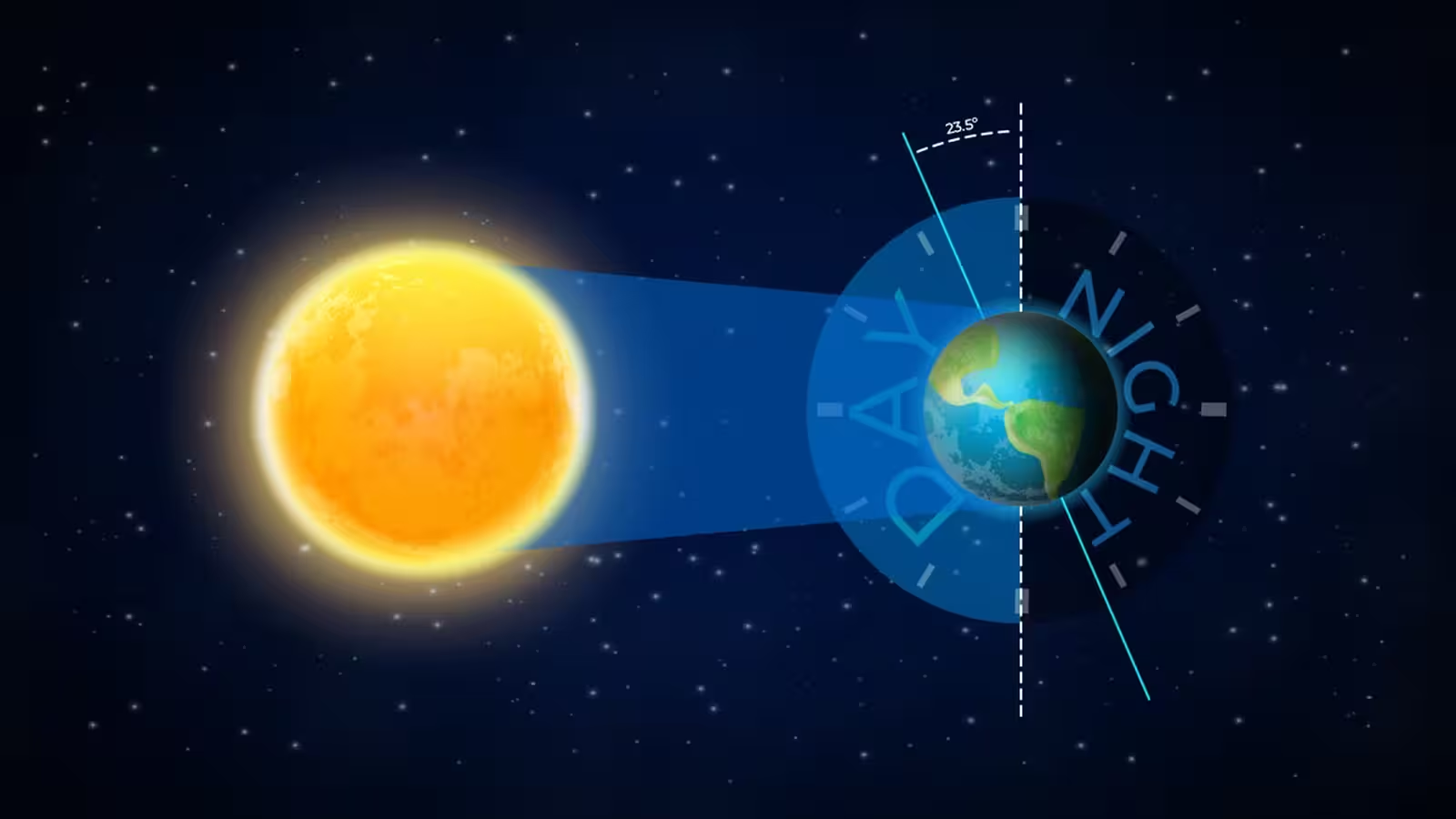7 Minutes
What Is the Summer Solstice?
The summer solstice, often referred to as the "longest day of the year," marks the moment when a hemisphere experiences its greatest amount of daylight. This astronomical event occurs twice annually—once in the Northern Hemisphere (typically around June 20-21), and once in the Southern Hemisphere (around December 21-22). The term "solstice" comes from the Latin 'solstitium,' meaning "the sun stands still," a reference to the point at which the Sun’s apparent path north or south appears to pause before changing direction.
The Science Behind the Solstice
The phenomenon of the solstice is rooted in Earth's axial tilt, which is approximately 23.4 degrees relative to its orbital plane. As our planet revolves around the Sun, this tilt causes the hemispheres to alternate in facing towards or away from the Sun. When the Northern Hemisphere tilts maximally toward the Sun in June, it receives the most direct sunlight, resulting in longer days and shorter nights. This culmination is the summer solstice, when the Sun traces its longest, highest arc in the sky. For the Southern Hemisphere, this same event happens in December.
The "longest day" signifies the greatest duration of sunlight within a 24-hour span—notably, only a few seconds longer than surrounding days, but critical in its astronomical significance. In 2025, the Northern Hemisphere's summer solstice will fall precisely on June 20 at 10:42 p.m. Eastern Time (03:42 GMT on June 21 in the UK), underscoring the precision with which astronomers can predict this event.

Why Solstice Dates Shift
The summer solstice does not occur at the same hour or date every year. Earth’s orbit around the Sun actually takes about 365.25 days to complete, necessitating the addition of a "leap day" every four years to synchronize the calendar with the planet’s revolution. Without this adjustment, seasonal markers such as solstices and equinoxes would gradually slide out of alignment with calendar dates—eventually, holidays like Christmas could drift into a different season entirely. This subtle misalignment explains the small annual shifts in the date and time of solstices.
Why Daylight Lengthens and Shortens
The cycle of lengthening and shortening days is a direct consequence of Earth's tilt. As one hemisphere leans toward the Sun, sunrise arrives earlier, sunset comes later, and daylight duration increases. The highest point of this cycle—when a hemisphere is tilted most aggressively toward the Sun—coincides with the summer solstice. Conversely, when that hemisphere tilts away, days grow shorter, culminating in the winter solstice.
This apparent movement of the Sun in the sky is not due to the Sun shifting, but to our perspective from a tilting, rotating Earth. The solstices bookend this seasonal arc, marking the maximum and minimum daylight hours, while the equinoxes—occurring each March and September—are the moments when day and night reach near parity worldwide.
How Daylight Varies by Latitude
The impact of the solstice depends greatly on one’s global position:
- High Latitudes (Near the Poles): In areas above the Arctic and Antarctic Circles, the contrast is dramatic. Summer brings "midnight sun"—periods of continuous daylight for weeks on end. For example, parts of northern Alaska or Scandinavia experience 24-hour sunlight near the solstice, a phenomenon that inspires both celebration and scientific curiosity.
- Mid-Latitudes: Regions such as much of the United States, Europe, and East Asia notice substantial variations in day length, but not to the extremes observed near the poles. Summers here mean later sunsets and longer evenings, prime conditions for outdoor exploration and observance of local natural cycles.
- Equatorial Regions: Near the equator, the length of day and night remains nearly constant year-round—roughly 12 hours each. This uniformity results in remarkably stable climates and eliminates marked seasonal shifts, with most areas experiencing only two dominant annual patterns: a wet season and a dry season.

Global Traditions and Cultural Significance
Human fascination with the solstice dates back thousands of years, evident in monuments, rituals, and calendar systems aligned to the Sun’s most prominent positions.
Stonehenge and Ancient Monuments
Perhaps the most iconic solstice observance occurs at Stonehenge, England’s enigmatic prehistoric stone circle. Every June, crowds gather to witness the sunrise aligning perfectly with the Heel Stone—a sight that has persisted for millennia, underscoring how ancient astronomers tracked celestial cycles with striking accuracy.
Indigenous Celebrations in the Americas
Among many Native American groups, particularly the Plains peoples such as the Sioux, the solstice holds deep spiritual importance. The Sun Dance, a sacred multi-day ceremony involving dancing, fasting, and acts of endurance, is traditionally held in connection with the solstice. This ritual remains a core part of tribal cultural heritage, often conducted privately to protect its spiritual context.
Along the Pacific Northwest Coast, groups like the Coast Salish mark the occasion with long-distance canoe journeys. These expeditions serve not only as a social and ceremonial event, uniting communities and reinforcing cultural ties, but also as a testament to traditional knowledge of the land and water during the season of extended days.

Modern Urban and Global Festivities
In cities worldwide, contemporary solstice celebrations blend tradition and recreation. New York’s "Solstice in Times Square" draws thousands of participants to practice yoga in the vibrant city center, greeting the sunrise together. Across continents, sunrise drum circles, all-night festivals, and gatherings in public parks reflect humanity's continued awe at this celestial milestone.
Summer Solstice: Start or Midpoint of Summer?
A common question is whether the solstice marks the start of summer or the season’s midpoint. Astronomically, the solstice is considered the first day of summer, as defined by Earth’s position in orbit relative to the Sun. However, historically and culturally—especially in pre-Christian Europe—June solstice was celebrated as “midsummer,” given that traditional farming and festival calendars recognized the start of summer in early May.
Midsummer’s Day, observed on June 24, blends ancient Sun worship with Christian holidays (notably St. John’s Day), perpetuating the use of "midsummer" to describe late June festivities even as modern science frames the period as summer’s beginning. Many contemporary calendars align with the astronomical definition, but cultural practices often honor both interpretations.
Scientific Importance and Broader Implications
The solstice is not just a marker for seasonal changes—it is a real-world manifestation of orbital mechanics, offering a tangible way to witness planetary motion and axial tilt. Understanding how and why the solstice occurs provides insight into the larger mechanics of the solar system, reminding us of the interconnectedness of celestial phenomena with daily life on Earth.

Technological and Environmental Relevance
The variation in sunlight cycles influences global climate patterns, agricultural practices, and even advances in solar energy technology. For regions with prolonged daylight, such as the Arctic, renewable energy initiatives are increasingly exploring how to harness this abundance of natural light for sustainable power generation during summer months.
Expert Insight
According to the Royal Astronomical Society, “The solstice is the definitive demonstration of how Earth’s geometry and motion combine to shape environmental and cultural rhythms worldwide.” NASA’s educational resources also emphasize the solstice as a clear example of scientific principles observable by anyone, anywhere.
Conclusion
The summer solstice stands as a recurring intersection of astronomy, environment, and human culture. While the precise date and time may vary slightly each year due to Earth’s complex orbit, the phenomenon itself remains a fundamental element of the planet’s movement around the Sun. From ancient stone circles to global festivals, the longest day serves as a testament to humankind’s enduring curiosity about the cosmos and our place within it. Understanding the science behind the solstice enhances not only our grasp of planetary mechanics but also our appreciation for the cultural richness the event continues to inspire around the world.
Source: howtogeek



Comments